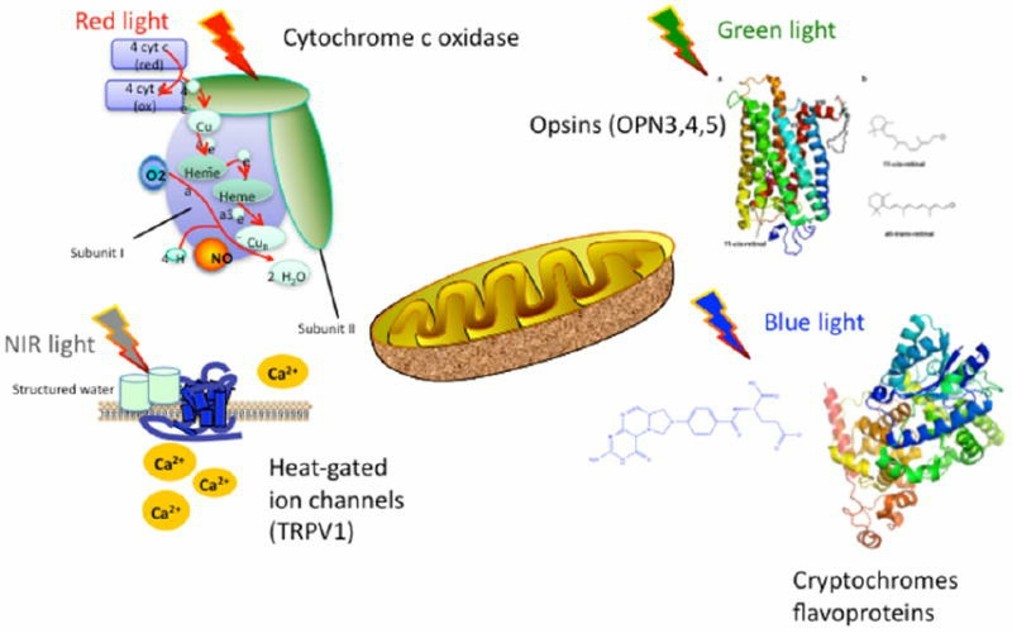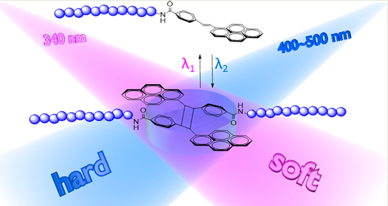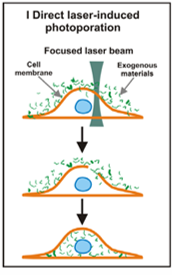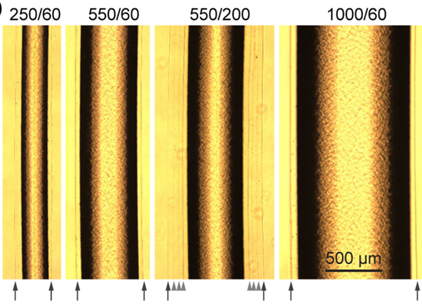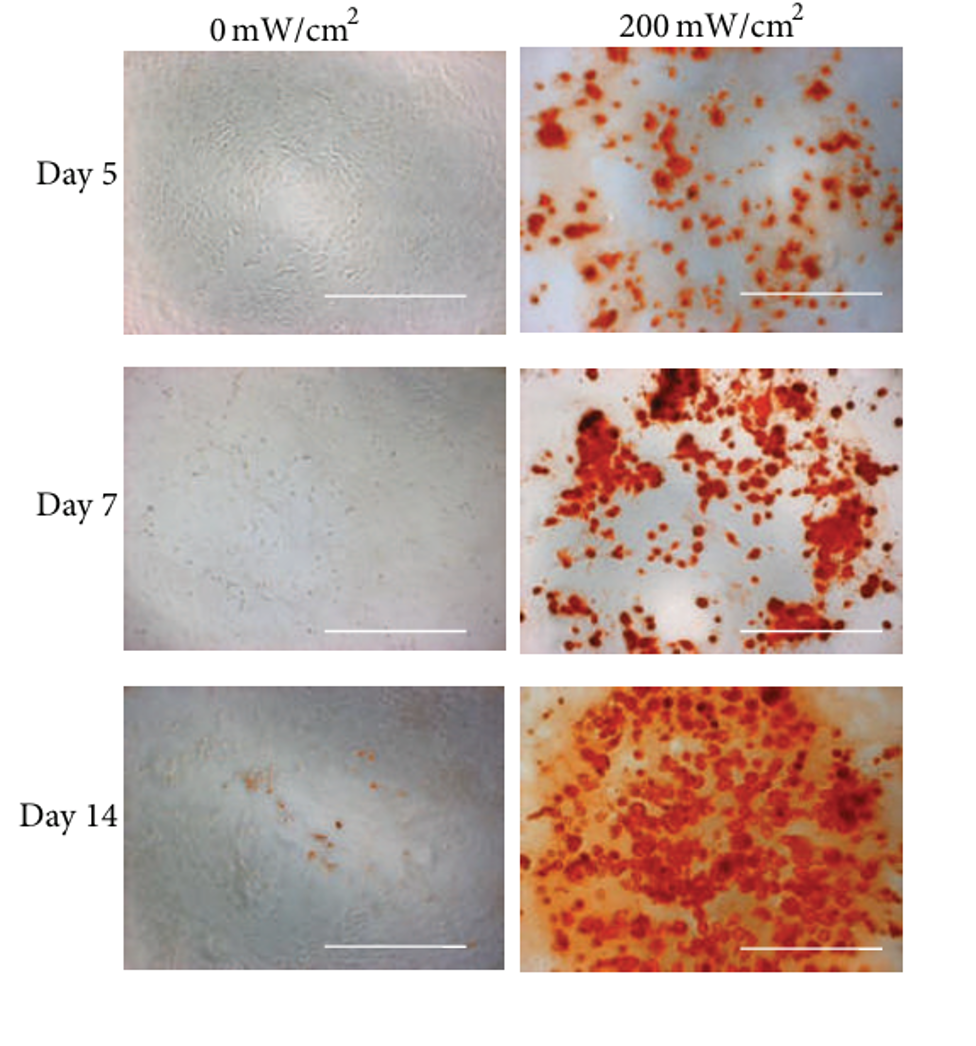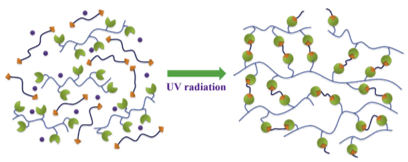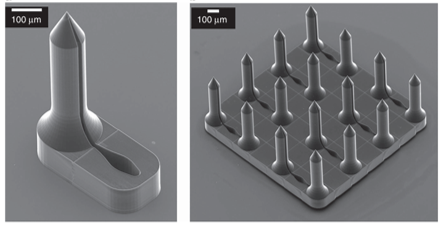"Every day you play with the light of the universe."
Carlos Neruda
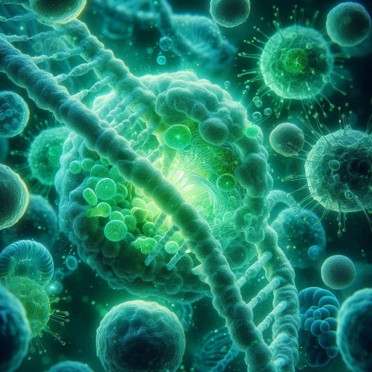
Biophotonics is the study of interactions between electromagnetic radiation and biological or synthetic materials, including tissues, cells, and molecules in living organisms. Virtually all biological species are profoundly affected by exposure to light, especially wavelengths in the visible portions of the spectrum, and Cascia is focused on using light from tunable optical devices to improve the therapeutic efficacy of our cellular treatments.
Light affects cells in a variety of ways with different organelles and structures responding to different wavelengths.
